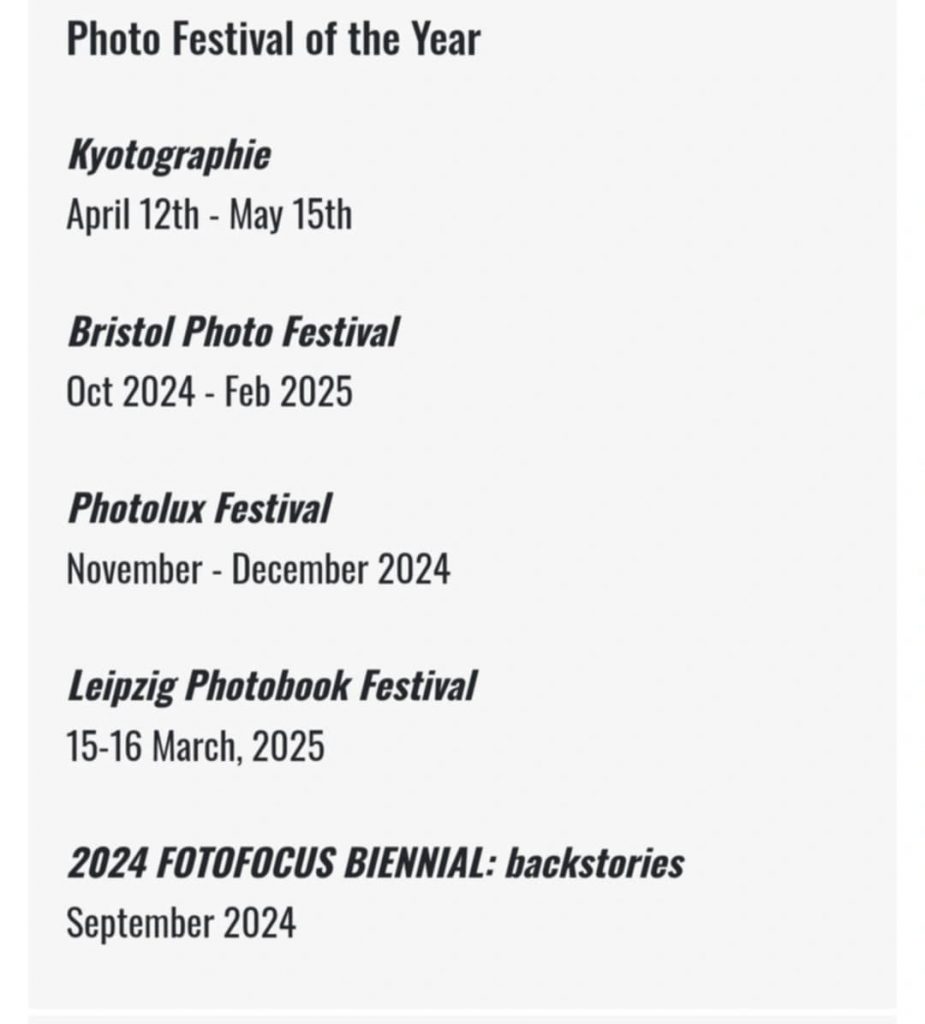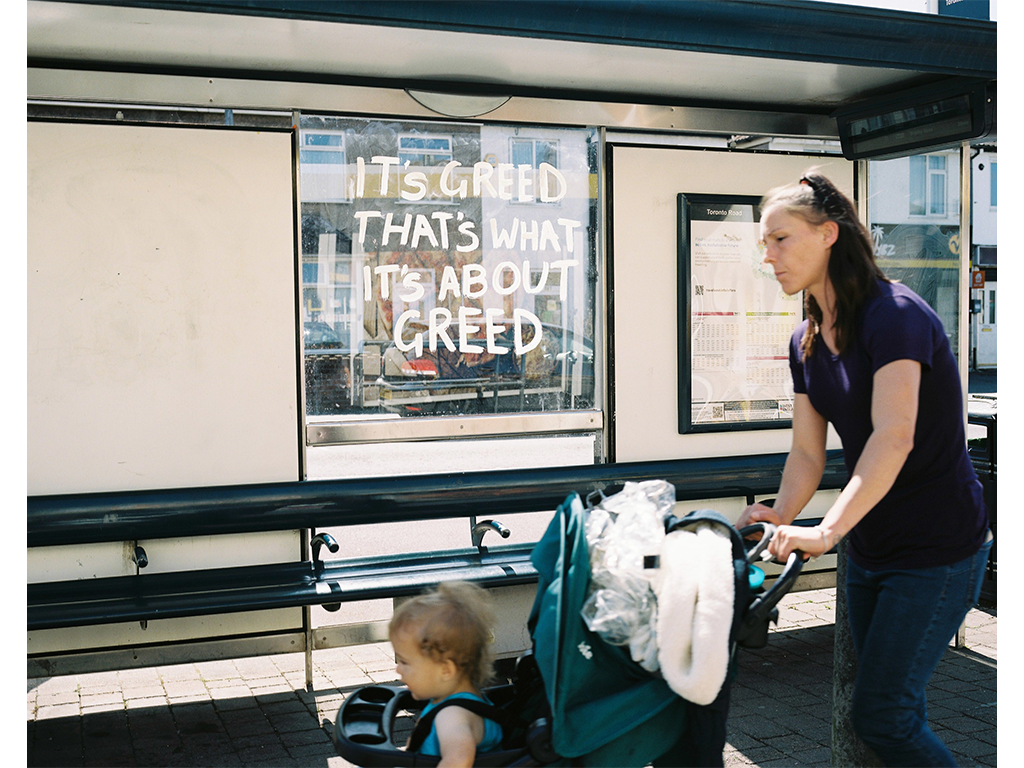We are extremely happy to see Amak Mahmoodian amongst the shortlisted artists for Deutsche Börse Photography Foundation Prize 2026 alongside Jane Evelyn Atwood, Weronika Gęsicka and Rene Matić.
Amak Mahmoodian has been nominated for her exhibition One Hundred and Twenty Minutes, which explores the experience of exile through dreams. Working with 16 collaborators who’ve been displaced from their homelands, Amak used photography, poetry, drawing, and video to evoke the emotional landscapes of memory, longing and imagined return.
We premiered this long-term body of work in collaboration with Multistory with a very special exhibition 17 Midland Road at Bristol Photo Festival ‘The World a Wave’ last year.
The Prize, originally established in 1996, identifies and rewards artists for an exhibition or book that has made a significant contribution to photography in the past 12 months. Over its long history, the Prize is renowned for spotlighting outstanding and innovative work and celebrating the work of leading international photographers. The 2026 shortlisted work features collaborative photographic projects; long-term investigative documentary photography; installations, video and sound pieces; and experimental conceptual photography. The thought-provoking, powerful shortlist explores themes of exile and memory; gender inequalities and advocacy; identity and belonging, subculture and class in contemporary life; and the shifting boundaries between photographic fact and fiction.
The exhibition of selected work from the four artists’ shortlisted projects will be at The Photographers’ Gallery, London, from 6 March to 7 June 2026. It will then be on display from 3 September 2026 to 17 January 2027 at the Deutsche Börse Photography Foundation in Eschborn/Frankfurt. The winner of the £30,000 prize will be announced on Thursday 14 May, with each of the other shortlisted artists receiving £5,000. Details of the exhibition and award ceremony will be announced in early 2026.
The 2026 Prize highlights themes of exile and memory; gender inequalities and advocacy; identity and belonging; subculture and class; and the shifting boundaries between photographic fact and fiction. Amak joins a great shortlist alongside: Jane Evelyn Atwood, Weronika Gęsicka and Rene Matić
We can’t wait to see this great project shown again in the Deutsche Börse Photography Foundation Prize exhibition at The Photographers’ Gallery from March 2026.
Read Full press release HERE.


















